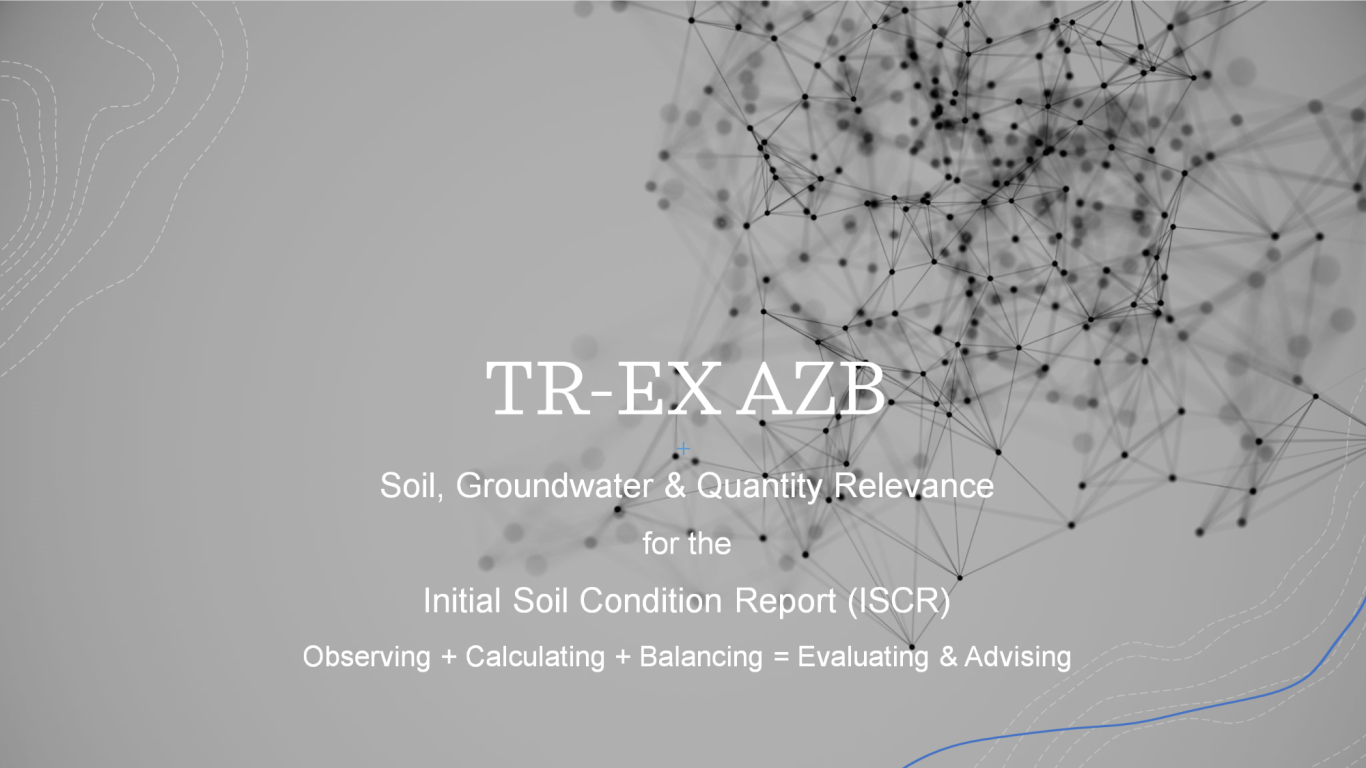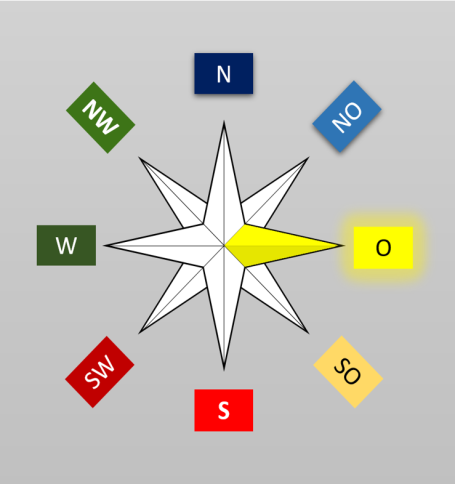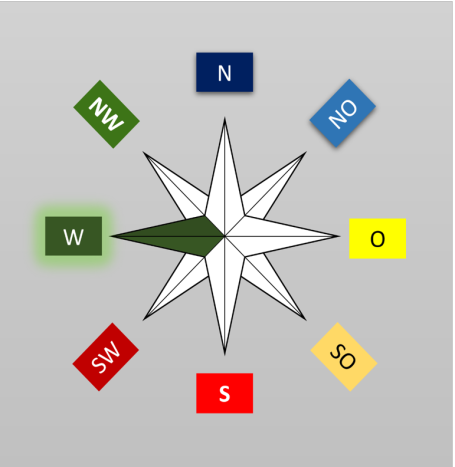Initial Soil Condition Report (ISCR)

Hello dear interested parties,
according to the Industrial Emissions Directive (IED), certain industrial sectors are required to prepare an Initial Soil Condition Report (ISCR) as part of their plant permit. This report is intended to document the condition of the soil and groundwater on the plant site. Its purpose is to record the condition before commissioning and to serve as a reference point for the obligation to restore the site upon decommissioning of the plant according to Article 22 of the IED.
The Initial Soil Condition Report (ISCR) is required according to the Federal Immission Control Act (BImSchG) for both new installations and relevant modifications to existing installations (§ 16 BImSchG). The report is first submitted together with the application documents in the approval procedure. Its main function is to document soil and groundwater contamination by potentially hazardous substances before a new installation is erected on the respective property.
As part of the ISCR, only the substances that are intended to be used, produced, or released in the new installation are identified. If the analysis values of one or more substances deviate from the contaminants documented in the ISC after final cessation of operation, the operator is legally obligated to restore the initial condition by carrying out soil and groundwater remediation measures.

I am conducting an investigation of the CAS number, CLP Regulation number, and EC index number, as well as the water hazard class for the substances stored, used, produced, and released in your facility. Based on the annual quantities of storage capacity, throughput capacity, production volume, and/or release volume, as well as the water hazard class, I am examining whether there is a quantity relevance for these substances that necessitates the preparation of an Initial Soil Condition Report (ISC) for soil and groundwater, while simultaneously having substance relevance. Quantity relevance is determined using criteria outlined by the LABO (Länderarbeitsgemeinschaft Bodenschutz) for the Initial Soil Condition Report, using a program developed by me.
CAS Number (Chemical Abstracts Service):
The CAS number is a unique identifier for chemical compounds. You can find the CAS number of a substance through databases such as the CAS Registry or on Safety Data Sheets (SDS) provided by manufacturers and suppliers.
CLP Regulation Number:
The CLP Regulation number refers to the classification, labeling, and packaging of chemicals and is part of the EU Regulation on Classification, Labeling, and Packaging of Substances and Mixtures. This number can also be found on Safety Data Sheets.
EC Index Number:
The EC Index Number (EC Number) identifies substances in the European Union. This number can also be found on Safety Data Sheets.
Water Hazard Class:
The water hazard class of a substance indicates how hazardous it is to water bodies. This classification is done according to the water hazard class according to German legislation or similar standards in other countries.
Chemical substance

For the assessment of substance relevance for the preparation of an Initial Soil Condition Report, I will analyze the existing hazard statements (H) and risk phrases (R-phrases) for each substance. I will then compare the H and R-phrases with those indicated in the LABO (Länderarbeitsgemeinschaft Bodenschutz) guidelines for the Initial Soil Condition Report. This comparison will also be conducted using the program I have developed specifically for this purpose.
Hazard statements

CLP Regulation relevance:
Substance relevant by its nature, § 3 para. 10 BImSchG
Water Relevance:
Substance which, by its nature, can cause contamination of soil or groundwater (§ 3 para. 10 BImSchG) (substance relevance, Chapter 3.1.2.1 of the guidance document for AZB).
Soil Relevance:
There is soil relevance if the substance or one of its metabolites triggers at least one of the hazards indicated in hazard statements H300, H301, H302, H304, H310, H311, H312, H340, H341, H350, H351, H360, H361, H370, and H371.
Quantity Relevance for Water and Soil:
Substance used, produced, or released to a significant extent in the facility (§ 3 para. 10 BImSchG) (quantity relevance, Chapter 3.1.2.2 of the guidance document for AZB).
Furthermore, consideration of a substance in an AZB is required when:
Handling substances outside of VAwS secured facilities In above-ground facilities with WGK-1 substances greater than 10,000 liters In above-ground facilities with WGK-2 substances greater than 1,000 liters In above-ground facilities with WGK-3 substances greater than 100 liters
ISCR Relevance

With a program I developed, a matrix is created consisting of freely selectable grid cell sizes, for example, 10 square meters, into which the substances obligated under AZB in the facility are entered. Coordinates are assigned to the centroids of the grid cells, so that the respective grid cell can be located based on the coordinates even after years. For each grid cell, the initial state is documented, allowing a potential obligation for return to be based on these values.
ISCR-Matrix

My Promise
I will handle your assignment quickly and reliably as your partner for environmental consulting and environmental engineering.
I guarantee you a fast and discreet processing of all your assigned tasks.
Contact: TR-EX Consulting "Water & Waste & Soil"
Telefon: +49 157 30247862
E-mail: Karlheinz.Mesenich@trex73.de
Dipl. Ing. (FH) Karlheinz Mesenich, Südallee 34c, 54290 Trier


